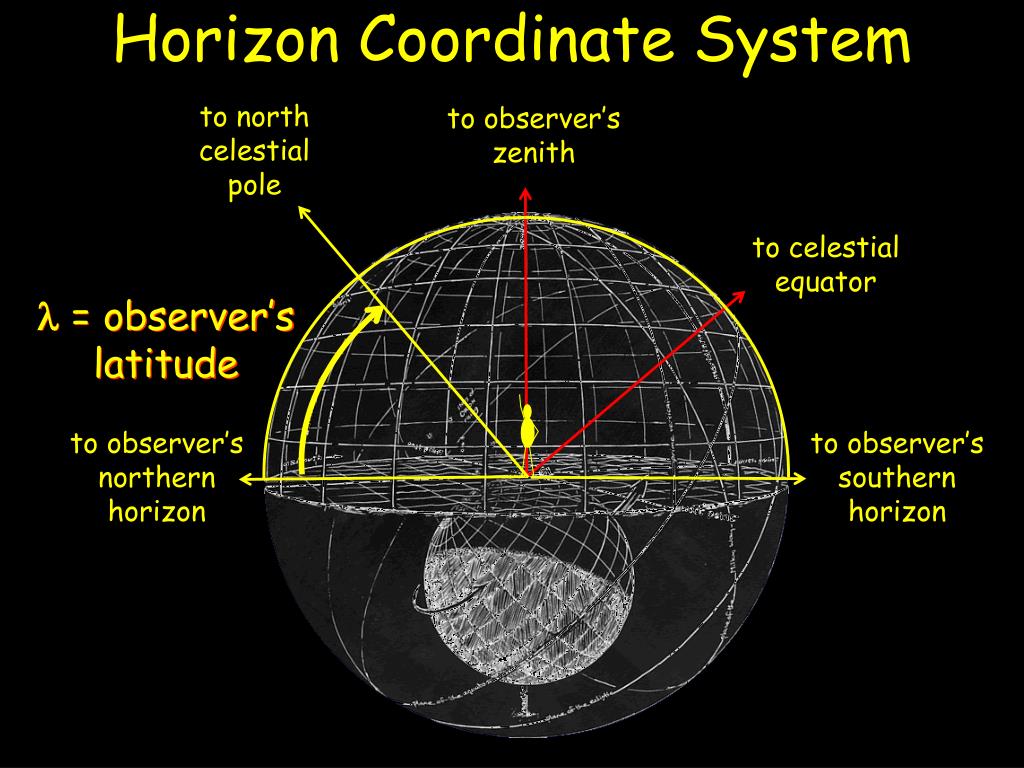

This effect, known as parallax, can be represented as a small offset from a mean position. Objects which are relatively near to the observer (for instance, the Moon) will seem to change position against the distant celestial sphere if the observer moves far enough, say, from one side of planet Earth to the other. On an infinite-radius celestial sphere, all observers see the same things in the same direction.įor some objects, this is over-simplified. Īll parallel planes will seem to intersect the sphere in a coincident great circle (a "vanishing circle").Ĭonversely, observers looking toward the same point on an infinite-radius celestial sphere will be looking along parallel lines, and observers looking toward the same great circle, along parallel planes. It also means that all parallel lines, be they millimetres apart or across the Solar System from each other, will seem to intersect the sphere at a single point, analogous to the vanishing point of graphical perspective. This means any point within it, including that occupied by the observer, can be considered the center. The celestial sphere can be considered to be infinite in radius. For purposes of spherical astronomy, which is concerned only with the directions to celestial objects, it makes no difference if this is actually the case or if it is Earth that is rotating while the celestial sphere is stationary. Which appears to rotate westward overhead meanwhile, Earth underfoot seems to remain still. All celestial objects seem equally far away, as if fixed onto the inside of a sphere with a large but unknown radius, Brooklyn Museum.īecause astronomical objects are at such remote distances, casual observation of the sky offers no information on their actual distances. Introduction Celestial Sphere, 18th century. The celestial equator divides the celestial sphere into northern and southern hemispheres. The celestial sphere is a conceptual tool used in spherical astronomy to specify the position of an object in the sky without consideration of its linear distance from the observer. If centered on the observer, half of the sphere would resemble a hemispherical screen over the observing location. All objects in the sky can be conceived as being projected upon the inner surface of the celestial sphere, which may be centered on Earth or the observer. In astronomy and navigation, the celestial sphere is an abstract sphere that has an arbitrarily large radius and is concentric to Earth. Shown here are stars (white), the ecliptic (red, the circumscription of the Sun's apparent annual track), and the lines of right ascension and circles of declination (cyan) of the equatorial coordinate system. Earth rotating within a relatively small-radius geocentric celestial sphere. For other uses, see Celestial (disambiguation). R = c \int_ = \infty$, because the event horizon corresponds to light emitted today and observed in the (almost) infinitely distant future.For the ancient cosmological model, see Celestial spheres. Just like on Earth it makes sense to talk about "the distance to the horizon", you can say, e.g., " The comoving distance to the particle horizon is 46 billion lightyears", or " The comoving distance to the event horizon is 17 billion lightyears".Īs you say, to calculate the comoving distance you use the Robertson-Walker metric (assuming here a flat Universe for simplicity)ĭs^2 = -c^2 dt^2 + a(t)^2 \big,Īnd set $ds=d\Omega=0$ to measure along a radial null geodesic.


Or the "(cosmological) event horizon", which marks the boundary between regions from which we may at some point receive a signal emitted today, and regions from which we cannot.

the "particle horizon", which is the boundary between the observable and the un-observable Universe. In 11 billion years from now, when the Universe has doubled in size, physical (cosmological) distances have increased by a factor of two, but the comoving distances are, by definition, the same.Ī "horizon" is a term used for a (non-physical) boundary, e.g. It is defined such that today it coincides with the actual, physical distance you would measure if you froze the Universe and laid out meter sticks. You can calculate the comoving distance from your head to your toes (though it's more useful in cosmological contexts).


 0 kommentar(er)
0 kommentar(er)
